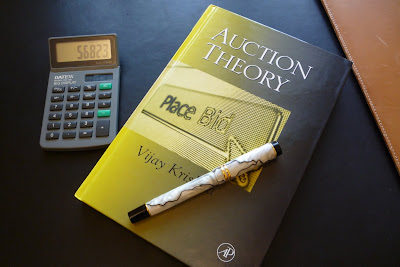
Class #4 ended the unit on Look Forward, Reason Back. Here, we saw how the tools of game theory could be used to determine the appropriate course of action in the face of the threat of entry. In the case, Coors could opt for a proactive strategy, advertising in advance of the entrant, or a reactive strategy, advertising only if the entrant came into the market. Instinct would suggest that the proactive strategy is better, but game theory illustrates the possibility that the reactive strategy is the right one. The key condition is whether Coors will carry through with its threat to advertise if AB enters. If this is not credible, then Coors needs to take steps to make it credible.
The broader point is that simple tools of game theory can be extremely helpful in systematically analyzing strategic situations and determining the right course of action rather than relying purely on instinct.


